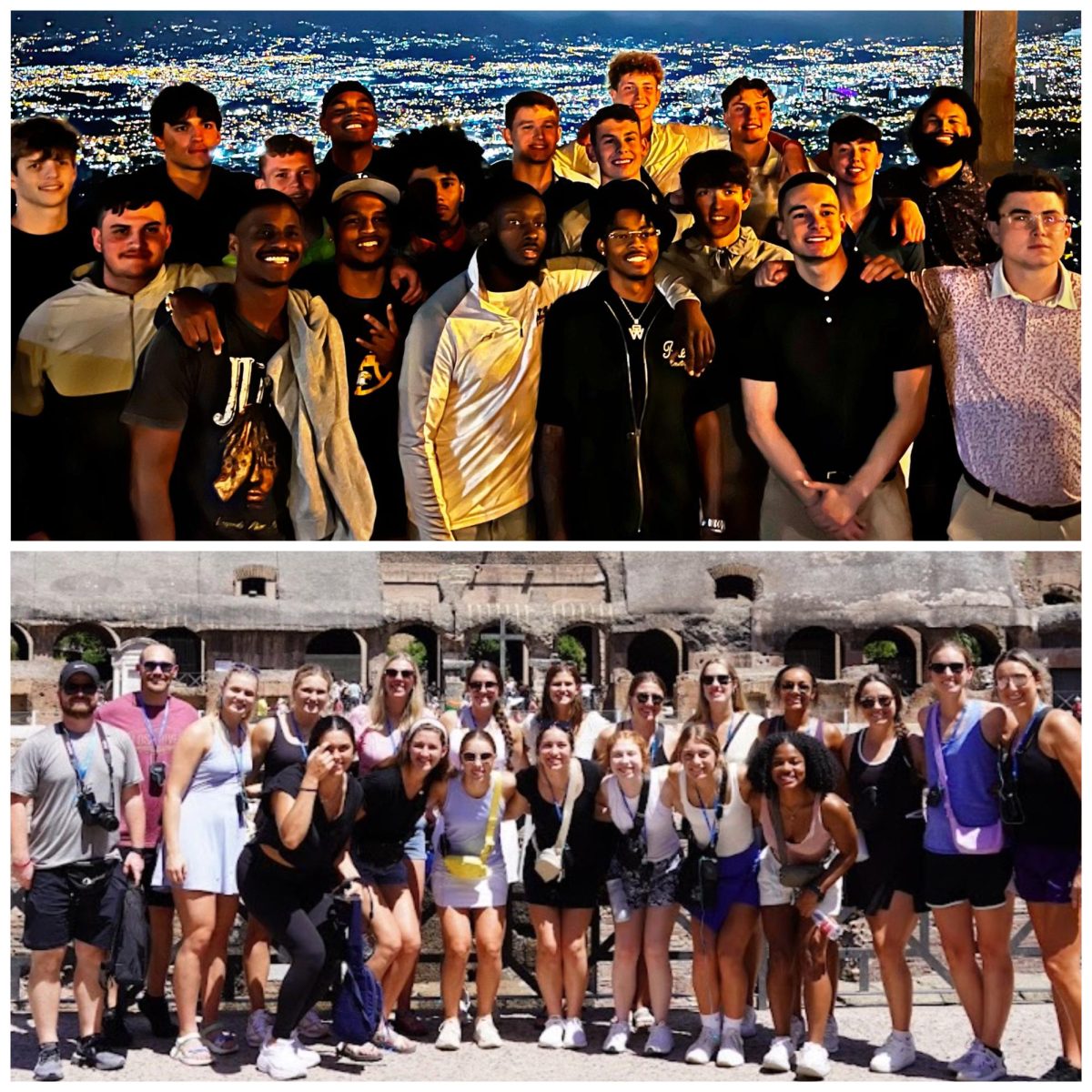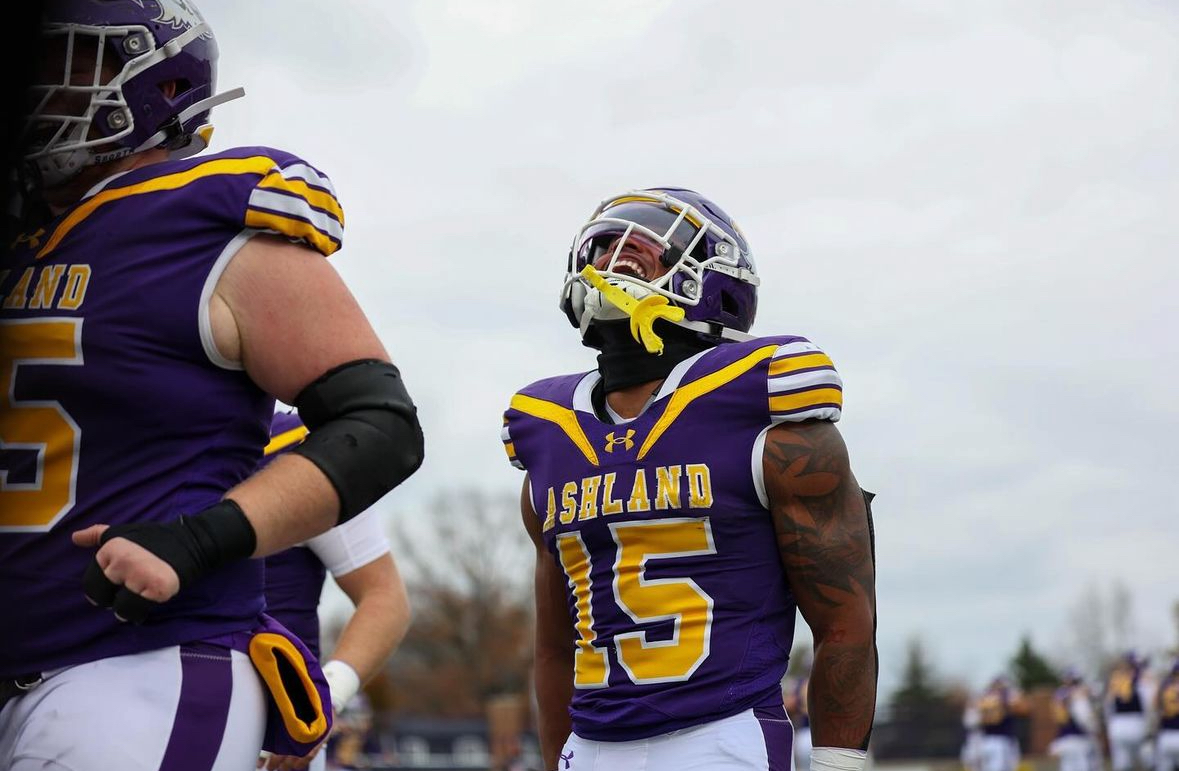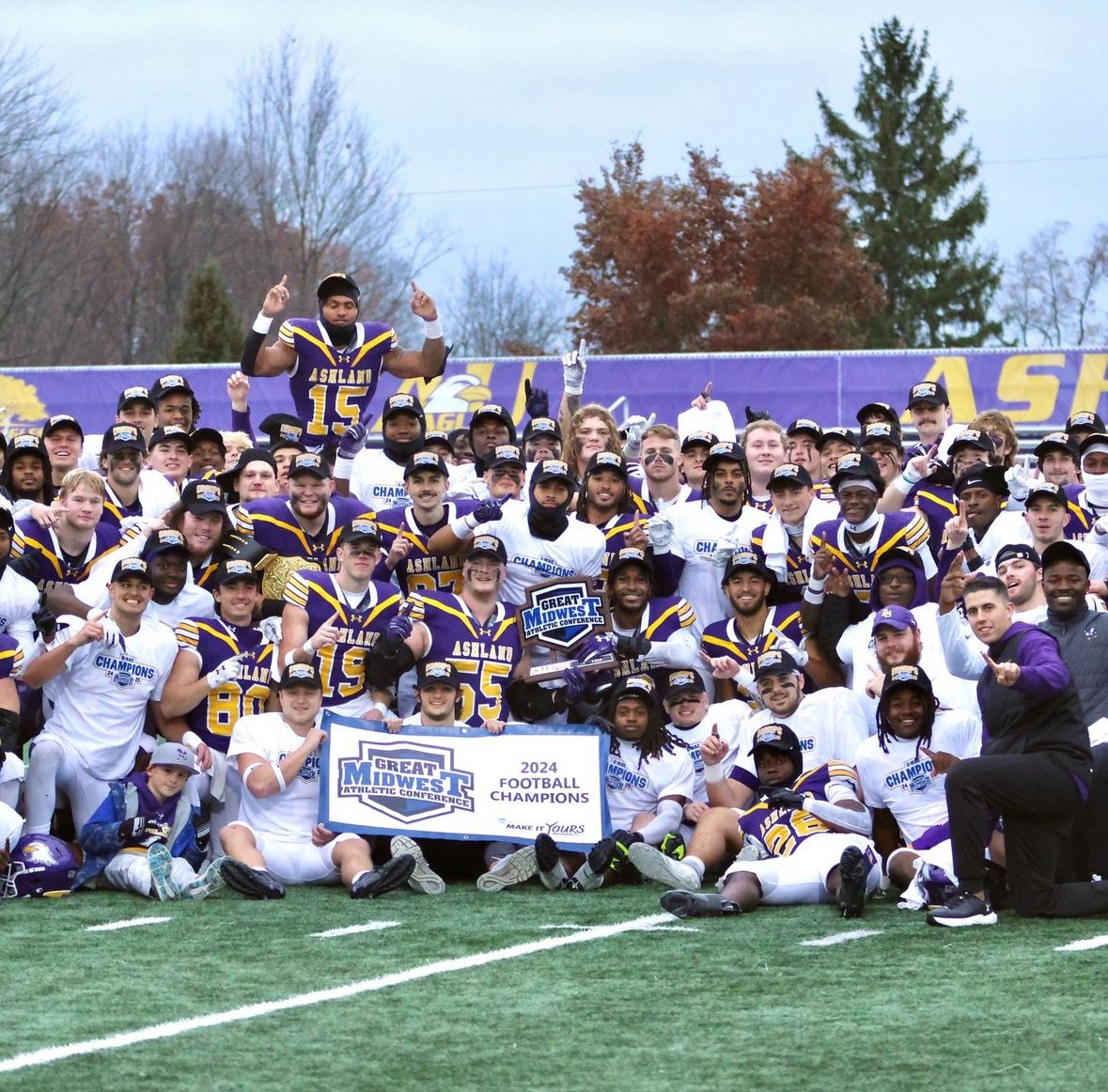In August, both the Ashland University men’s and women’s basketball teams took international trips as they began to prepare for the upcoming season. The women’s team took a trip to Italy, and the men’s team went to Costa Rica.
The women’s team spent three days in Rome, visiting historical sites such as the Colosseum, the Trevi Fountain, and the Spanish Steps. Adding days in Florence and Pompeii as well. The men’s team went to the capital of Costa Rica, San José. They visited La Paz, which had waterfalls and an animal sanctuary, among other activities.
The goal of these trips is a mixture of creating team bonding between team members, playing a different style of competition, and getting a chance for in-game action that otherwise teams cannot get at this point of the year. For team bonding purposes, players such as freshman and transfer students get a chance to join their new teammates for a week and get their first true introduction to one another.
“If you are a transfer or a freshman around all new people for 9 days, you have to get to know them. All of a sudden you are in a raft, with a guy you didn’t really know on the rapids, It’s a great way to get to know each other,” said Men’s Head Coach John Ellenwood.
For the women’s team, with a larger freshmen class of five and a large fifth and sixth year class, the trip to Italy provided a chance to bring a team together that has players with an age difference of six years.
“It’s a big [age] gap for college athletics, but we tried to be super intentional about high levels of intermixing. So we don’t feel it is just the older kids and just the younger kids, and they all feel connected in different ways,” said Women’s Head Coach Kari Pickens.
Of course these trips aren’t all just vacation time, the teams compete against international competition. One of the major differences between a typical regular season game in the GMAC versus international play is the speed and physicality of the game.
“The competition is also very different. They play a little different style, where it is definitely physical, but it also seems like they don’t post up as much. It is more of a spread-out game that is very fast,” said senior Annie Roshak.
Another major difference is the shot clock being reduced six seconds from 30 to 24 for an offensive possession in both Europe and Central America.
“The issue that was the biggest thing was the shot clock, so you don’t have a lot of time. Six seconds doesn’t seem like a lot, but if you are under 10 seconds you feel the pressure,” said Ellenwood.
Both squads got a chance to fine tune their skills on the court, but also get to enjoy themselves before getting back to all the tasks that come with being a student athlete. They will now look ahead toward preseason play, as the men’s team looks to repeat as GMAC champions, while the women look to get back to the NCAA Division II National Title game.








